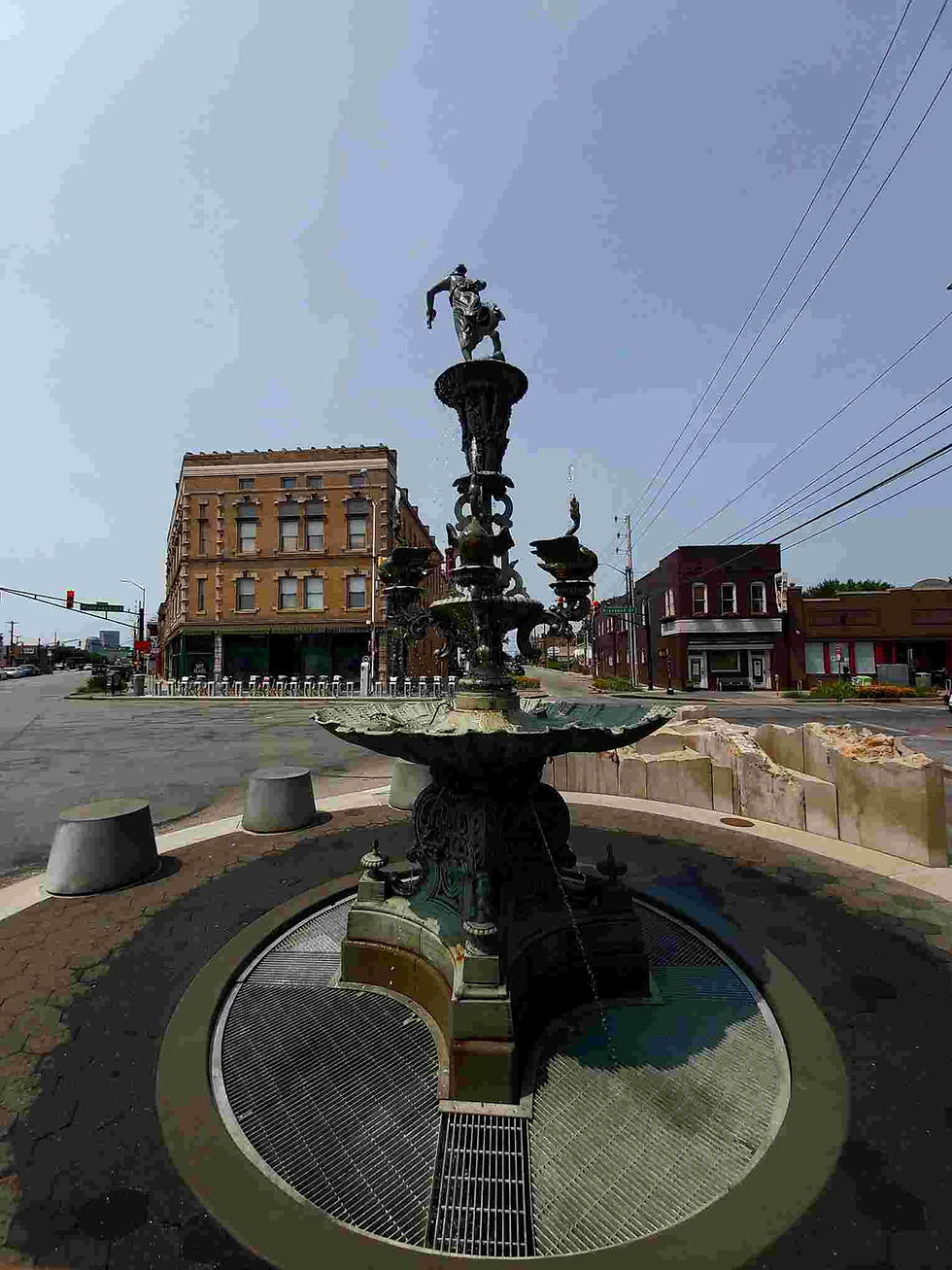Italy: Christmas, Naples
- Matthew P G

- Nov 10
- 3 min read


December 2018
My visit to Naples was during the Christmas season, so everything was decorated. It truly was a magical time, but not without encountering some head-scratching cultural differences. Christmas markets abounded around the old city and one thing that was not in short supply was "christmas horns" (cornicello).
Naples, a city rich in history, culture and traditions, is famous not only for its artistic, cultural and gastronomic heritage, but also for its lucky charms. Among these, the red horn stands out as one of the most iconic and beloved symbols for Neapolitans and visitors alike.
The red horn, also known as the “cornicello,” is a traditional amulet that represents good luck and protection against the evil eye. Its shape, resembling a small horn, is associated with fertility and strength, while the red color is considered a powerful antidote against negative energies. According to tradition, wearing a red horn can ward off misfortune and bring prosperity. And here are the characteristics that make a good luck horn truly authentic. First of all, it must be an intense red color, since red is considered a powerful protective color. This color represents energy, vitality and the ability to ward off negative energies. But that’s not all: the traditional good luck horn must be crooked with a tapered tip. This particular shape symbolizes the ability to deflect negative influences, like a small shield against the evil eye. In short, its curvature is not only aesthetic, but an integral part of its symbolism. One of the strongest beliefs related to the good luck horn is that it should be given as a gift. Receiving it from another person amplifies its meaning. Buying it for oneself is considered unpropitious; tradition dictates – in fact – that it is a gesture of affection and protection on the part of the giver. So, to recap, an authentic good luck horn must be red, crooked, pointed, and above all, it must be a gift. These characteristics not only make it a valuable object, but also a symbol of emotional ties and protection against misfortune.
So apparently there was no more authentic gift to give someone than a cornicello from Naples to help them avoid "the evil eye". Literally every stall in the old city sells them and they are not mass-produced in Asia - all are still made in Italy. They have a sinister air to them in my opinion, yet they also look "cute" and "innocuous". The Power Puff Girls would approve.
In addition to the little red horns, I stumbled upon a "creche competition". Europeans take manger scenes seriously and in Naples there is even a highly-regarded competition. I happened to walk into the building where the finalists were on display. Each was an absolute work of art. The detail put into the buildings, the landscapes, the animals, and the characters was unbelievable. The most amazing thing was that all the art was "temporary" and would be disassembled at the end of the season. Those manger scenes were the best I had seen in my life. Of course, there might be similar found all over Catholic Europe, but for me I first encountered such detail in Naples.
People say Christmas in New York is magical - for me, it will always be Naples (where I am safe from the "evil eye").



Comments